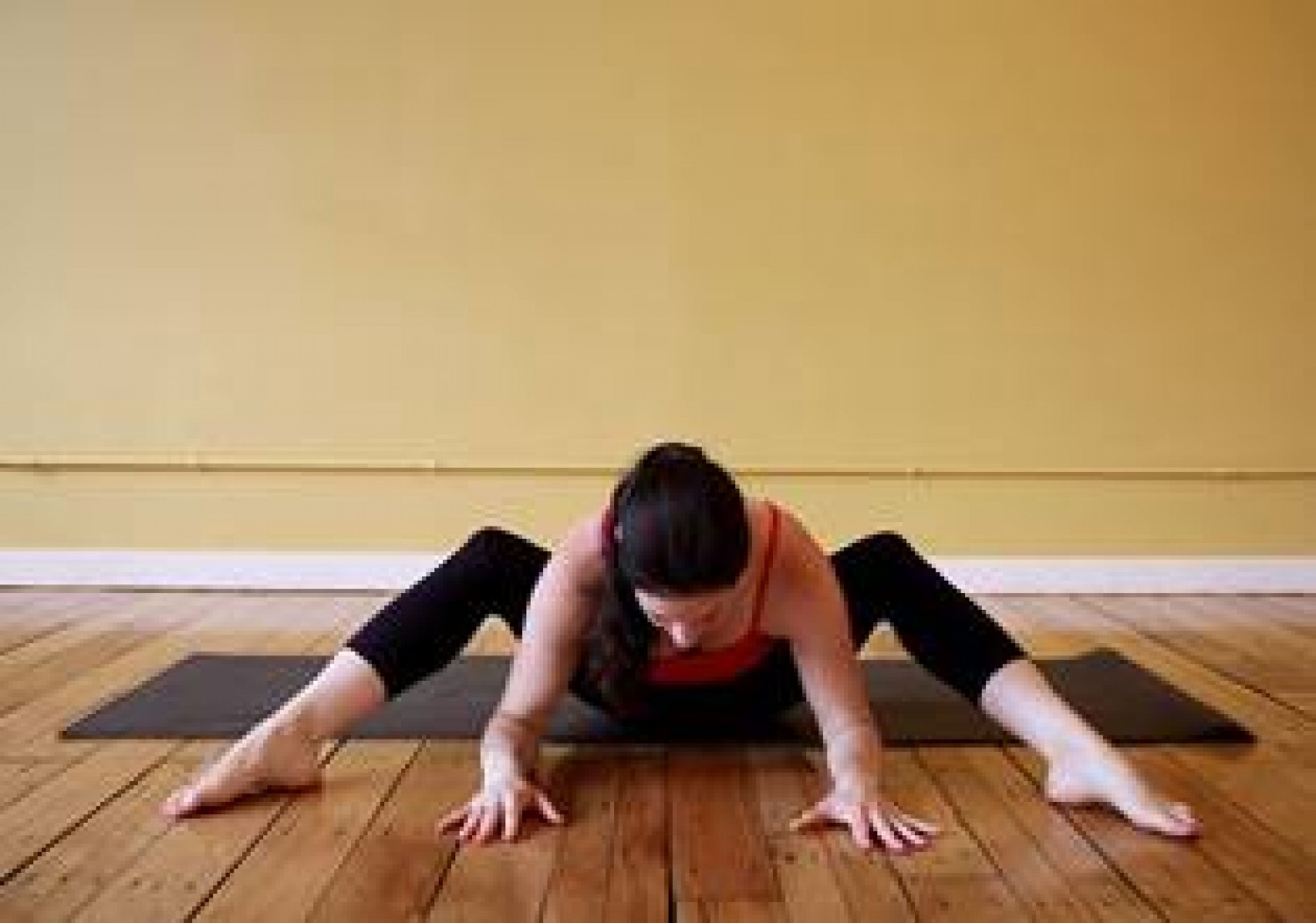How to Dance without Thinking, Part Three

I didn’t know if I was going to write a part three, to be honest – Parts one and two seemed to wrap things up nicely, right? But I realized one of the most powerful methods I’ve discovered for calming my mind also took me YEARS to get more consistent with, and just as long to properly appreciate. I’m talking about meditation.
Wait, don’t click away just yet! This isn’t just sitting in a dark room trying not to think of anything – I started with that, and found it endlessly frustrating. In fact, meditation doesn’t have to be about sitting at all. You might even be doing it already, and not even know it.
Example: Do you feel a sense of flow when you go for a jog, lift weights, or spend some time on the treadmill? Can you read certain books, listen to certain types of music, or reconnect to nature without a single thought? ALL these are examples of meditative practices, called “cathartic meditation”. Dance can be a kind of cathartic meditation too!
Not everyone is blessed with the ability to simply turn their brain off – the brain needs something to keep it occupied, at least initially, while the body goes on autopilot. Whether that’s dancing in your living room or just focusing on your breath, the point is to occupy your brain with one thing so completely that it lets go of everything else.
Imagine your brain like an empty glass. Throughout your day, different thoughts and feelings get “poured” into the glass, creating a sometimes volatile and unpredictable mixture – if you’ve every found yourself suddenly feeling sad or angry without knowing why, you know what I’m talking about.
But what if you could choose what filled that glass – and kept it there, so that new stuff couldn’t enter? Likewise, meditation is a powerful tool for preventing the unpredictable external stuff from throwing you off your game. It trains your brain to task on-task, while letting the rest wash away.
A lot of people talk about meditation in a very spiritual sense, which while enlightened, can alienate a lot of non-meditators. I suggest you stay practical, and start slow; begin with five minutes a day – everyone has five minutes, right? And instead of searching for inner peace, just practice focusing on a single object, sensation, or activity, to the exclusion of all else.
You may have to try a few things to find your “meditative sweet spot”. For me, it’s sitting on my living room couch, lighting a small candle, and staring at it. If my brain starts to make noise, as it usually does, I pull it away by paying attention to how my breath feels in my body, or observe other body sensations, especially feelings of impatience.
By observing the thoughts and feelings that arise, with a spirit of curiosity, you can discover some very interesting things about yourself. You may find yourself asking, why am I so impatient? What is it that I don’t want to experience while I’m sitting here?
It’s helpful to jot some quick notes down about more persistent thoughts afterwards, as this will help you start understanding and breaking down any mental blocks you may have against meditation.
Part of that “meditative sweet spot” is when you choose to do it. For example, I need to meditate first thing in the morning, before my mind fully wakes up. This “preprograms” my brain, setting the mood for the rest of the day. If I forget, it’s a lot harder for me to refocus later, when I’m already caught up in the daily drama.
And by the way, don’t expect instant results! Persistence and patience is key, so keep the amount of time spent doing it short, until you feel ready to increase it – and even then, I would only do so very gradually, in 5-minute increments say (I’m up to twenty minutes, but it took me years to get here).
Gradually, you will start to notice a sense of “slowing down” in your thoughts, an increasing awareness of what is going on in there. And with that awareness comes an increasing sense of control, an ability to decide whether to hang on to a thought or feeling, or just let it go.
Dance is ultimately about letting go and living in the moment, so imagine a dance where you could simply let those anxious or insecure thoughts pass through you and away, without affecting you in the slightest. By letting go of self-judgment, you free yourself to dance without fear – and without thinking. Now THAT’S worth five minutes a day.
About the Author
Ian Crewe has been dancing ballroom for over 18 years, and has a Licentiate in American smooth and rhythm. His passion for dance eventually led him to blogging and the World Wide Web. Ian currently teaches at the Joy of Dance Centre, Toronto, ON, Canada.

